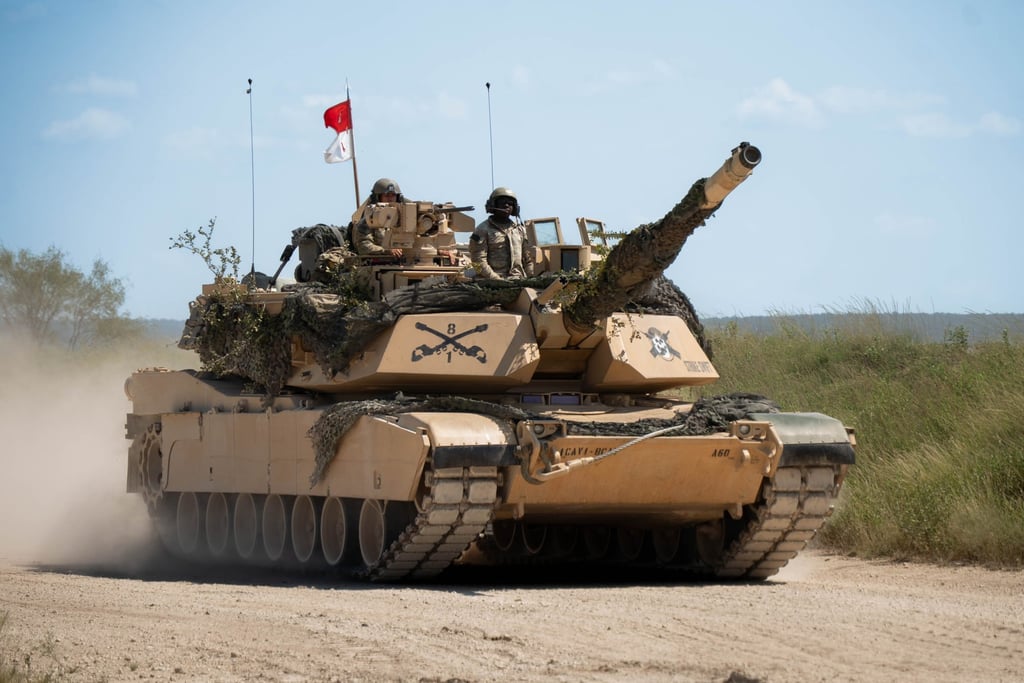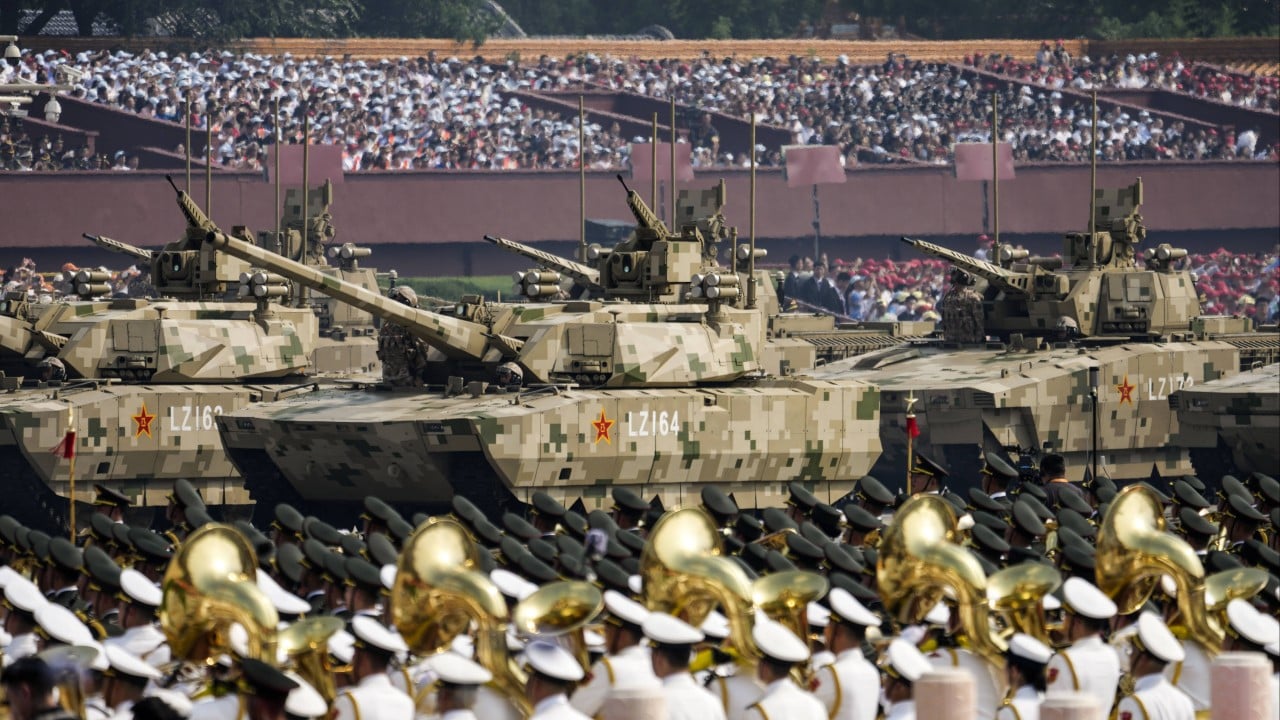Weeks after China unveiled its lightweight but powerful Type 100 main battle tank featuring diesel-electric propulsion, the US Army’s pursuit of a similar design for a hybrid-electric next-generation version of the Abrams tank faces a new strategic hurdle.
Advertisement
Beijing has imposed export controls on the advanced lithium batteries critical for powering such next-generation military systems, creating a significant and immediate supply challenge for the US development timeline.
The Type 100 tank was unveiled during the Victory Day parade in Beijing in September. The diesel-electric hybrid propulsion system offers enhanced all-terrain mobility and is quieter than its predecessor.

The US Army has been pushing to have a prototype of its next-generation Abrams tank – the M1E3 – by the end of this year, according to a report by The War Zone. The new model will also feature a hybrid power-train as its core propulsion system, replacing the current gas-guzzling turbine engines.
“It’ll be hybrid. It will not be fully electric,” Alex Miller, chief technology officer and senior adviser for science and technology to the chief of staff of the US Army, was quoted by the military news website as saying in a report on October 15.
“We don’t want fully electric, because there’s no place to charge. You need the liquid fuel to actually generate power. But what we’re seeing, and I have not put this to the test, so this is just sort of the maths behind it, is the way that they’re going to deliver it, it’ll be about 40 per cent more fuel efficient,” he added.
Advertisement
At the end of September, China announced that it would impose export controls on high-energy-density lithium battery technology, potentially restricting US military access to similar technologies.
The Type 100 is smaller and lighter than the Type 99 main battle tank, which went into service in 2001. The US Army has also indicated it would limit the target weight of its new tank to around 60 tonnes – significantly lighter than the latest M1A2 SEPv3 (M1A2C) model, which weighs about 78 tonnes.

